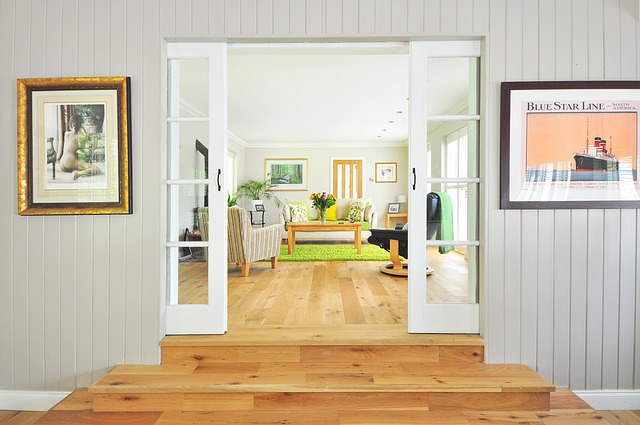Interior design is much more than merely arranging furniture aesthetically in just a space; it’s actually a comprehensive method of transforming the setting and functionality of the room. It’s an art form that marries aesthetics, functionality, and also the personality with the occupants to create a harmonious and inviting living or working environment. On this page, we’re going to explore the basics of home design and how it can improve the spaces we inhabit.

Understanding Home design
Design is the process of planning, organizing, and decorating the interior of your space to make a visually pleasing and functional environment. It has a wide range of elements, including color schemes, furniture selection, lighting, spatial arrangement, and also selecting decorative elements like artwork, rugs, and curtains.
Key Principles of Interior planning
1. Balance: Achieving balance within a space is vital to making a harmonious atmosphere. There’s 2 kinds of balance in home design: symmetrical and asymmetrical. Symmetrical balance involves arranging elements evenly for both sides of your central axis, while asymmetrical balance is achieved by having a careful arrangement of elements that create visual equilibrium.
2. Harmony and Unity: Harmony could be the a feeling of cohesion and consistency inside a design. It demands using elements and principles that complement the other person, creating a sense of unity inside a space. A harmonious house interior should convey a frequent style, colors, and theme.
3. Scale and Proportion: Scale and proportion refer to the size and relationships of numerous elements in a space. A well-designed room considers the dimensions of furniture, decor, and architectural features to ensure that they communicate seamlessly.
4. Emphasis and Things: Setting up a focal point within a room draws focus on a unique area or element, for instance a piece of art, a fireplace, or perhaps a statement furniture. Emphasizing certain elements allows you slowly move the viewer’s eye and adds interest for the space.
5. Rhythm and Repetition: Rhythm may be the flow and movement in a room. Repeating colors, shapes, patterns, or textures can create a a sense rhythm and cohesiveness within the design.
The Interior Design Process
Designers have a structured way to achieve their vision. This process typically includes the next stages:
1. Initial Consultation: The designer meets the customer to be aware of their needs, preferences, and budget. This method is essential in establishing the project’s direction.
2. Space Planning: Within this phase, the designer results in a layout that optimizes using space while thinking about the client’s functional requirements.
3. Concept Development: The designer develops a design that encompasses the style, color palette, and overall mood with the space. This idea serves as a blueprint for that project.
4. Material and Furniture Selection: The designer chooses materials, furniture, lighting, and accessories that align together with the design concept, ensuring they meet the client’s aesthetic and functional goals.
5. Execution: This stage involves implementing the look plan, including coordinating with contractors, overseeing construction or renovations, and managing the installing furnishings and decor.
6. Styling and Decoration: The last touches, including arranging decor and adding personal touches, are essential to complete the area and earn it unique.
Interior design is often a multifaceted discipline that transforms empty rooms into personalized and functional spaces. It combines creativity, problem-solving skills, plus an comprehension of human psychology to make environments that reflect the personality and requirements of their occupants. Maybe it’s a cozy family area, an efficient workspace, or a luxurious hotel suite, interior design has the ability to increase our surroundings and enrich our everyday life. By sticking to the foundations and procedures outlined in this article, you’ll be able to start a trip to craft spaces that inspire and delight.
For more details about house interior design ideas just go to our new net page
